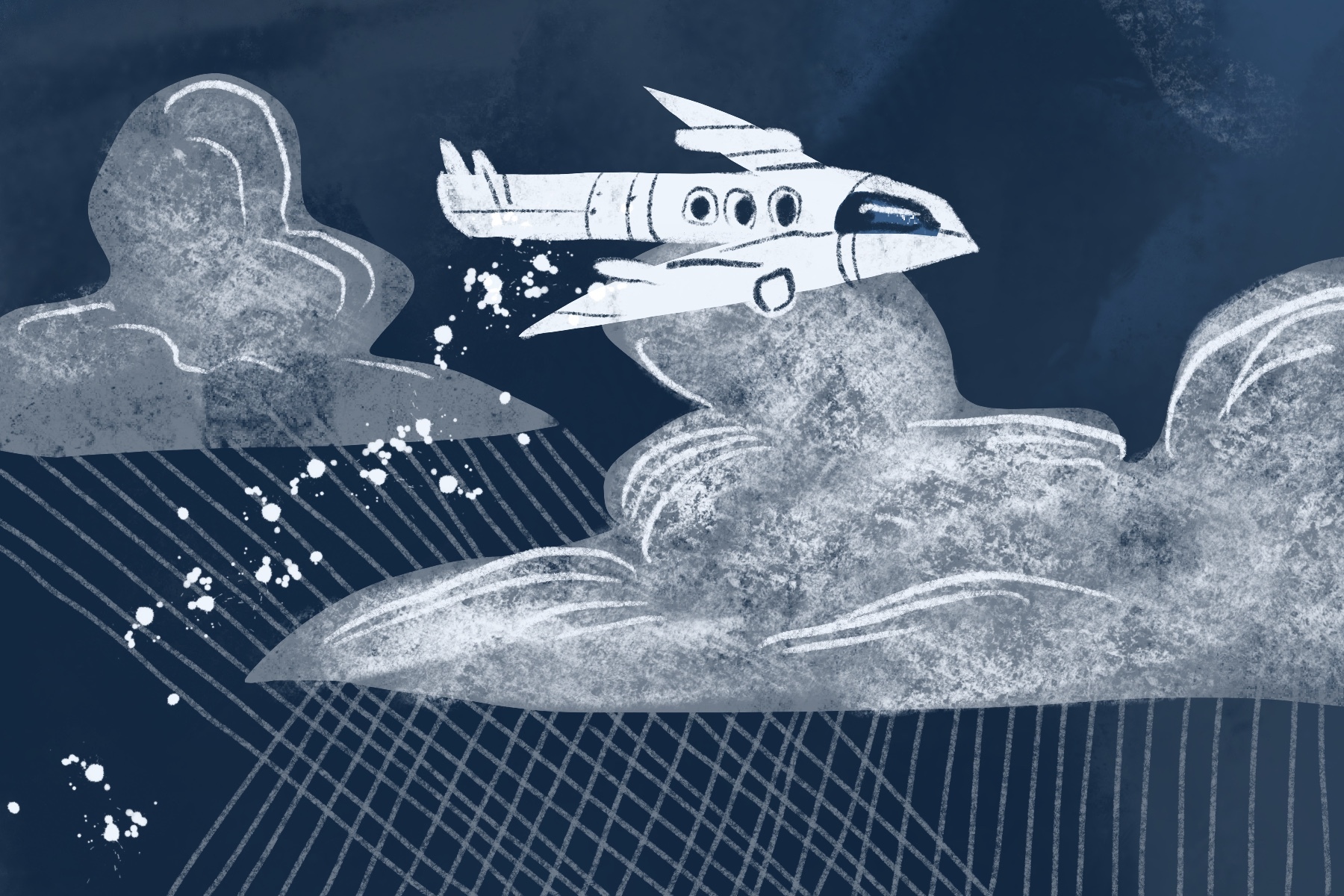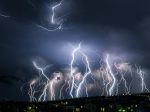“We have a wildfire pandemic.” That’s what Michael Wara, the director of the Climate and Energy Policy Program at the Stanford Woods Institute for the Environment told Stanford in March of this year.
Currently, fires dominate 10 states and 2.5 million acres in the western half of the U.S. This is the areal impact of 83 active wildfires. Of this number, only one fire is in a state of containment at the moment.
The National Interagency Fire Center (NIFC) reported an average of 60,000 wildfires in the U.S. every year. In total, they damage about 3 million acres annually. Federal firefighting continually costs the government more money, peaking at more than $3 billion in 2018.
The NIFC has a standard set of strategies for gaining control of wildfires, but technology continually advances and presents new ways to potentially handle local disasters. One of the newer ideas is the use of “cloud seeding.”
The current fires that forced families to evacuate their homes sparked online discussions about what the future of fire prevention and extinguishing could look like. Many, like the TikToker @adammusser, see cloud seeding as the natural next step in wildfire containment technology.
@cersandcfas
What Is ‘Cloud Seeding?’
Cloud seeding is the process of creating storm clouds to release rain or snow by shooting chemical compounds into them.
These chemical compounds are particles of silver iodide, which contain a similar molecular structure to ice. The silver iodide is commonly launched into the clouds by ground-based generators and occasionally by aircraft.
Silver iodide shoots into the cloud like they’re the bell of the ball and the water vapors take notice. Suddenly, the nearby vapors fly to its side and tightly surround it. The closer they move toward the silver iodide, the more all of the water vapors bond to each other, encompassing the particle. Finally, the weight of the vapors combined takes over, and — just as planned — the water droplet falls as rain.
Surprisingly, it’s not an incredibly expensive program to establish. One could build a cloud seeding plant for as low as $27 per acre of water.
The DRI doesn’t necessarily need more manpower to run the plant either. People from the DRI can launch the silver iodide remotely and at will.
It must be a no-brainer for extinguishing wildfires, right? Not exactly.
Why Not Use Cloud Seeding to Stop Fires?
The first problem with this is that cloud seeding does not create clouds out of thin air, as the name may imply. The process involves the current existence of clouds and water vapor in the air, with which the silver iodide can then make contact.
It’s the age-old question: If silver iodide shoots into the sky and no cloud is there to receive it, did it really shoot at all?
In areas where wildfires run rampant, the air is usually dry and filled with smoke. While there could be storm clouds, it’s difficult to predict whether or not rain will fall. If it does, past experiments with this technology show that it does not release very much rain. While the production of 10-15% more rainfall is good for the snowpack in the mountains, it’s not enough to stop the fires. The DRI Cloud Seeding Research Program often chooses to rocket silver iodide into the clouds during the months between November and May. This is the time when storm clouds are more active and snowpack has higher value.
The second problem with excessive cloud seeding is the toll it takes on the environment. Silver iodide, despite bonding so well with water molecules, harms aquatic life. As precipitation occurs, much of the water ends up in the ocean.
Even if they did not shoot the silver iodide near an ocean or major water source, it takes about 20 to 30 minutes for the rain or snow to begin. That is plenty of time for the clouds to pack their suitcases and take a trip to the beach.
Current Fire-Fighting Solutions
The process of extinguishing wildfires has not drastically changed in many years. The procedures are straightforward: Firefighters must remove the elements that stoke the fire. This could be heat, oxygen or another type of fuel.
Although more advanced technologies for the rapid cessation of wildfires are being developed, they are still early in their testing and cannot be used yet.
At this time, it does not appear that scientists are striving to change the process of cloud seeding so that it could become a viable option for putting out the western United States’ wildfires. Researchers are, however, spending their time, energy and resources on fire prevention methods. Stanford’s researchers recently developed a hydrogel formulation that could reduce the number of wildfires every year. In its early stages of development, researchers tested the gel to determine if it would lower the likelihood of raging fires for the entire fire season when spread on vulnerable, fire-prone places.
Cloud seeding might not be the catch-all solution that some people wish it was, but it serves its purpose as a booster for winter snowpack. In the meantime, scientists continue working to develop resources that will aid firefighters and keep U.S. communities safe.
















